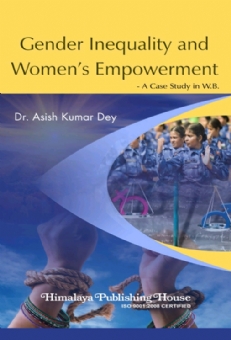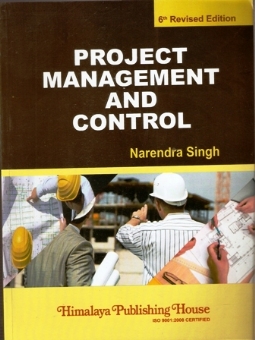Women all over the world play a very crucial role in the development of the country and management of their families. Women constitute, roughly half of the total population but the society does not always permit equal status to women with men. It is alleged that in most cases women are exploited by men in various ways. Gender inequality exists in most parts of the world though gender injustice can vary from one region to another and also from one period to the next. Discrimination against women in the development process is significantly observed not only in the rich countries but also in developing and underdeveloped countries of the world. There are many faces of gender inequality in India and the rest of the world. Gender gap exists regarding access to education, employment, household decision-making power, financial autonomy, political participation and freedom of movement etc. Mortality inequality has been observed in many parts of the world and women received less attention, health care and nutrition than man do. As a result of this gender bias, the mortality rates of female exceed males. During the last century, according to the Census data, the number of females per thousand males declined sharply in India. Natality inequality has also been observed and sex-selective abortion has become common in India and many other countries. Basic facility inequality is also observed in many counties. In many countries in Asia and Africa, girls receive less opportunity of schooling and basic facilities than boys do. The gender bias in higher education, employment, promotion in work, occupation can also be observed in many countries. Besides, the ownership inequality has existed in most parts of the world.
By the middle of the last century, the concept of women’s development had become a burning issue in the social consciousness, especially in the developing nation. The last century was marked by a remarkable shift in the way women were perceived within the development policy. The process of development in the developing countries has, by and large, marginalised women and deprived them of the control over resources and authority within the household.
The first world conference on women in Mexico City in 1975 along with UN decade for women (1976-1985) launched a new era in global efforts to promote the advancement of women by opening a worldwide dialogue on full gender equality and the elimination of gender discrimination, the integration and full participation of women in development. This leads to new approach that development was not possible without the full participation of women.
Despite tremendous improvements in health, literacy level, labour force participation for women, their status to male is still far from equal. Generally speaking, woman in India and rest of the world are relatively less disempowered and they enjoy lower status than that of men. But there are several constraints that obstacle the process of women empowerment in India. Social norms and family structures in developing countries like India manifests and perpetuate the subordinate status of women. Poverty is the factor that poses challenge in realising woman’s empowerment. Lack of awareness about legal and constitutional provisions and failure in realising those is another factor that hinders the process of empowerment.
In the context of the above, it is sought to highlight Gender Inequality and the Status of Women in West Bengal. The study highlights the status of women, the process of empowerment of women, what factors contribute to women empowerment and constraints which hamper the process of empowerment. The findings of the study suggest that it is important to recognise the mutual interdependent of gender relations, development levels and social stratification without underestimating the full significance of each in Indian society. The present research work is an in-depth study of the status, role of women in the development of the society and the Nation as well. The main purpose of the study is to analyse the various types of gender inequality, to identify the reasons behind gender inequality and also to examine the status of women empowerment in our study area.
The work suffers from limitations of number of parameters selected and in the outline of objectives drawn. In spite of the limitations of the data, the result of the study seems meaningful in the context of social/historical realities of women living in different parts of India even today.
Contents :
1. Introduction
2. Review Of Literature
3. Characteristic Features and Socio-Economic Profile of The Study Area
4. Result and Discussion
5. Women And Development
6. Summary And Conclusion
7. Future Scope Of Research Work







